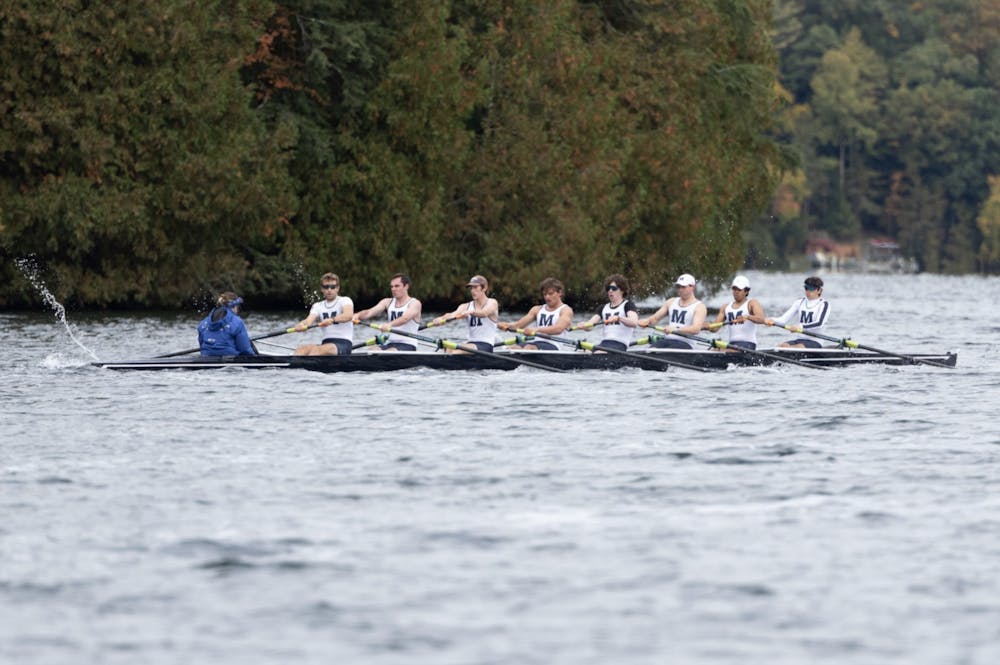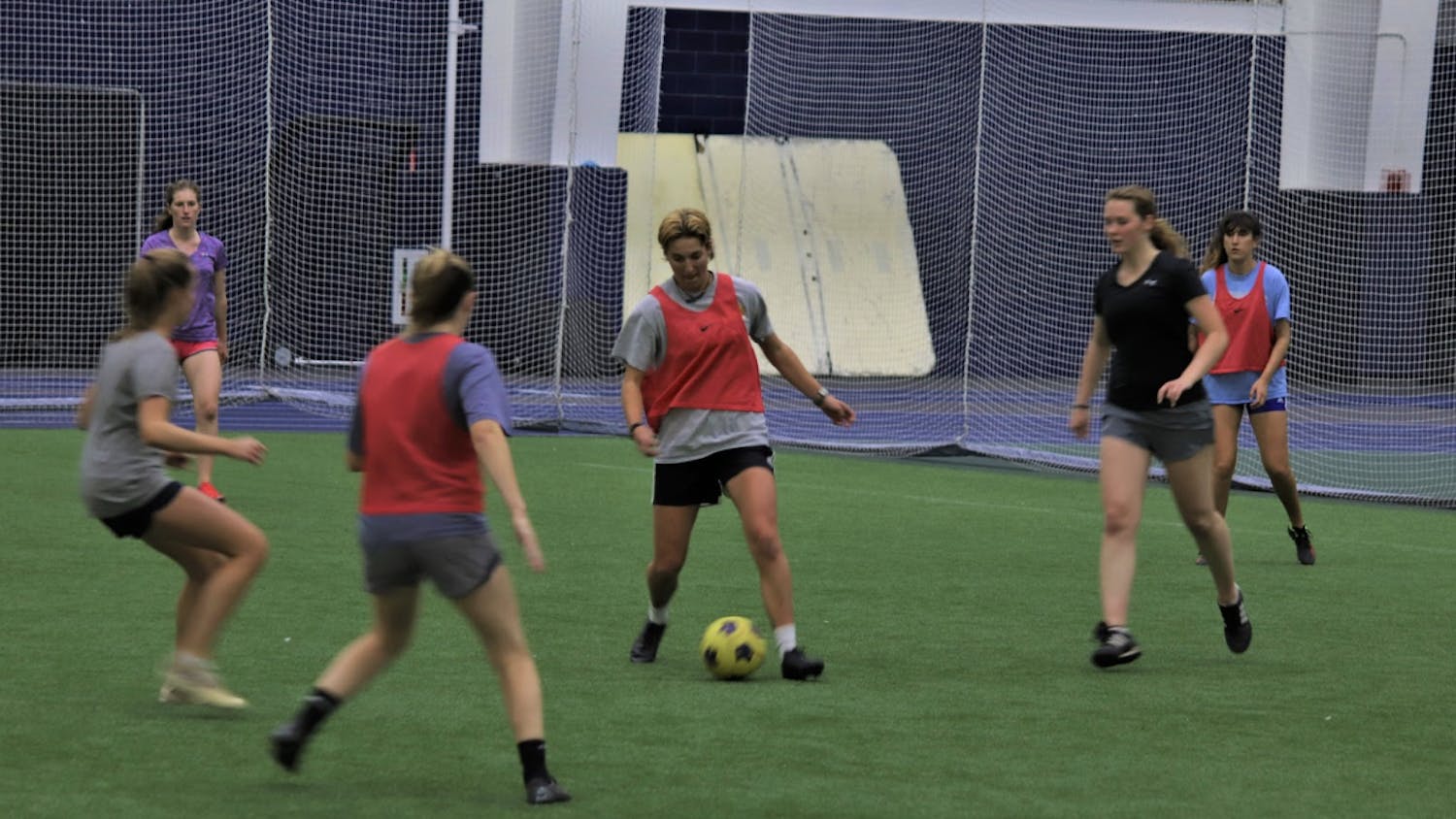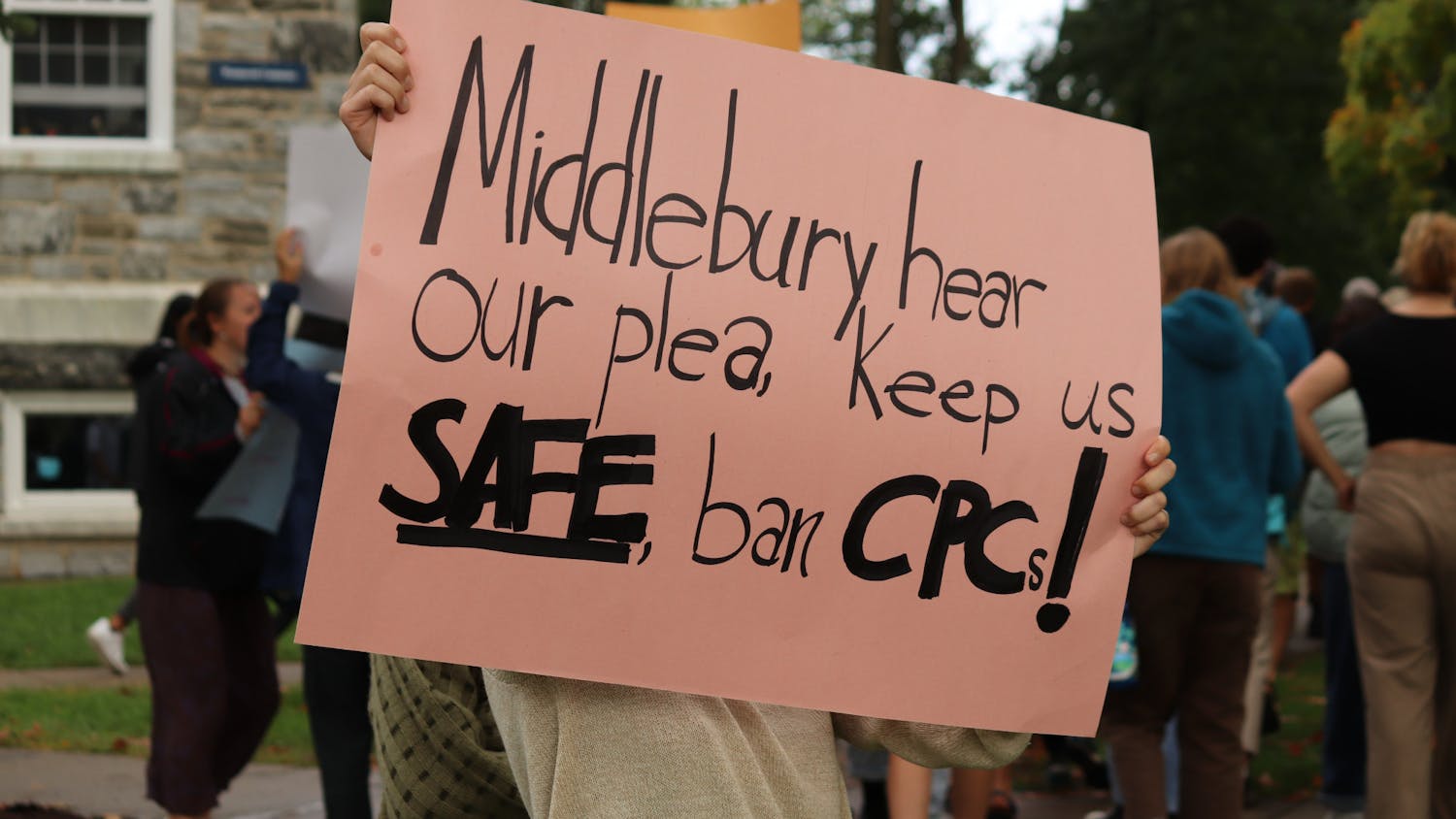Leaders of Middlebury’s club sports teams met with Director of Student Involvement & Leadership Development Valerie Nettleton to discuss the implementation of a tier system that will dictate the teams’ budgets, competition and other allocated resources. For some club teams, their new tier categorization impacts the number of competitions they are allowed to participate in each semester or even the number of seasons they can have each year.
According to Nettleton, the tier system for club sports is a structure developed a number of years ago by the Student Activities Office (SAO). Each team is now assigned to one of three tiers that set guidelines for the teams.
In an email to The Campus, Nettleton said “Tier One” organizations are unique programs with a goal of competitive success and representing Middlebury on a regional level. They should also encourage participation, inclusion and healthy recreation.
According to Nettleton, “Tier Two” organizations are also unique programs that pursue some intercollegiate competition. However, competition is not their primary goal, and their focus is participation, health and recreation. “Tier Two organizations increase the diversity of programs and participation on campus,” Nettleton said. “Competition is part of their team goals, but intrasquad play is equally important.”
Club teams categorized in “Tier Three” are usually for sports that have existing varsity teams at the college. Tier three teams should prioritize on-campus recreation that provides increased opportunities for student participation, according to Nettleton.
“Their primary goals are inclusive participation, enjoying their sport and having fun. Intercollegiate competition in this tier is limited as participation is their main focus,” Nettleton said.
SAO did not provide the specific categorization for each club sports team to The Campus, and Richard Connell, interim director of outdoor programs and club sports, declined to answer questions from The Campus before he could coordinate with colleagues.
There are 18 teams in the club sports category on Presence. Based on the tier descriptions provided by Nettleton and communication with team captains, The Campus determined that the Tier One teams are co-ed and women’s water polo, women’s and men’s rugby, sailing, crew and equestrian. The Tier Two teams are men’s and women’s ultimate, quadball, cycling and badminton. The Tier Three teams are men’s and women’s club volleyball, club soccer, club tennis, club nordic and MiddRuns.
Teams are evaluated on several factors including risk mitigation, contact sports, coaching requirements, levels of commitment and member participation. Based on a general consideration of these goals and factors, teams are placed into one of three tiers by SAO.
According to Nettleton, this system allows the greatest support for access and participation that allows students to lead sports teams that are healthy, engaging, inclusive and fun to as many interested students as possible. Additionally, the system acts as a guideline of expectations for student leaders.
“It provides clarity for club sports leaders regarding expectations and management strategies, creates a scheduling structure to facilitate equitable access to facilities, helps support the growth we are seeing within club sports (both in regard to new members and new teams), and transparently shows how and why teams are supported in different ways within the same institution,” Nettleton said.
The club crew and club water polo teams are Tier One sports and their seasons are unaffected by the tier system. However, teams placed in other tiers are feeling the impacts.
Niamh Carty ’23, captain of the women’s frisbee team, said the tier system will limit the amount of competitions the team is allowed to participate in during the season. The women’s frisbee team is designated a Tier Two organization, which gives them five competitions per season with two seasons during the school year.
Last year, the women’s frisbee team won the national championship. The team currently has an A team and a B team. For the A team to reach nationals again this year, it must play in two tournaments to qualify for sectionals, then play in the sectional and regional games.
“This could limit the A team on getting in more reps before higher competition and limit the B team, which we strive to be a developmental space that thrives on playing other teams as well,” Carty said.
Otis Milliken ’24, co-captain of Middlebury Club Soccer’s men’s team, shared Carty’s concern that the system will limit the number of competitions the team is allowed to participate in. The men’s club soccer team is a Tier Three organization, and they are allotted five games per season and one season in a school year.
The club soccer team currently has a first team and a second team, and the system would significantly limit the second team’s participation. “It doesn’t seem fair that only the good players get to play. That is not what our club is about,” Milliken said.
Nettleton said the SAO expects some shifts within teams in anticipation for their competition seasons. In the long term, Nettleton said the system will benefit the club sports programs.
“Moving forward the biggest impact we expect is sustainable growth within Club Sports, increased participation, and a well-supported program that best serves [the] Middlebury College community as a whole,” Nettleton said.
Carty and Milliken both expressed concern that the system will impact the amount of student participation in club sports. Currently, frisbee has approximately 50 players on its roster, and the club soccer team has around 100 players.
“When you are limited to a certain number of competitions, then you don’t want to have a large team because people don’t have a lot of opportunities to play,” Carty said. “I think across the board, this will impact the amount of people involved in club sports.”
Milliken told The Campus that club sports are invaluable communities for which the SAO should provide more support instead of putting systems in place that would limit their accessibility.
“The school has problems with mental health, connecting people, integrating communities and I feel like club sports is where a lot of that happens,” Milliken said. “It feels like a place that I would invest resources in. We bring on so many freshmen who are best friends now.”
Carty also stressed the personal importance of club sports for her.
“Club sports have meant everything to my college career,” she said. “My Middlebury experience would be nothing without club sports.”




